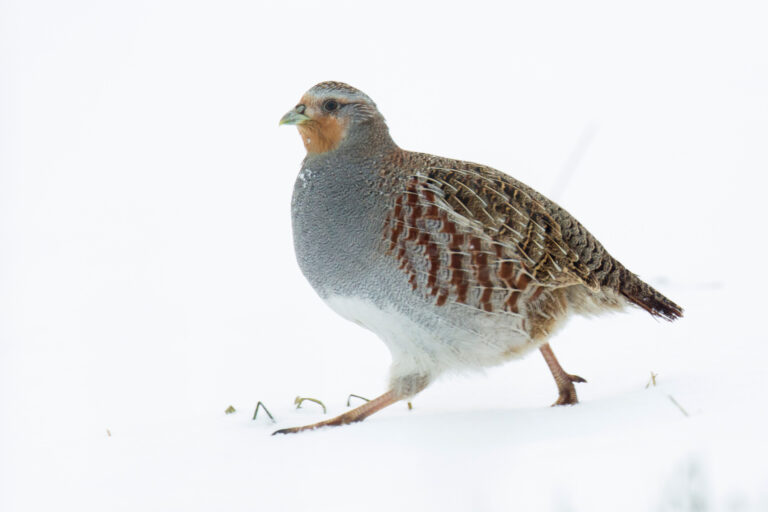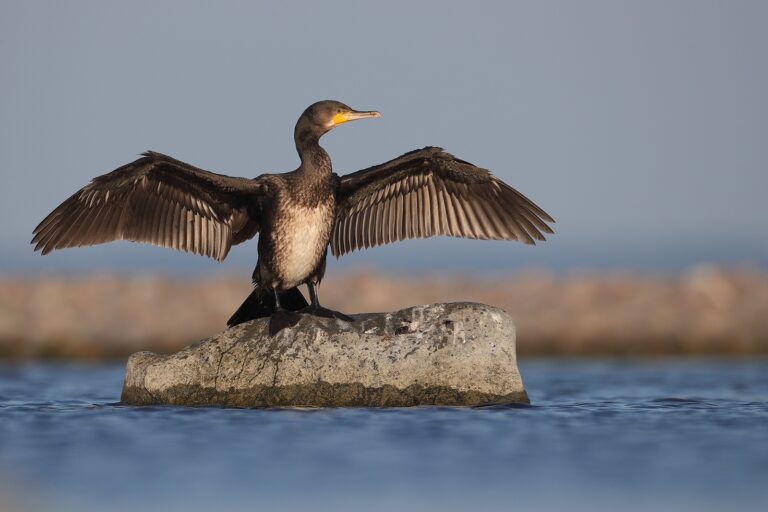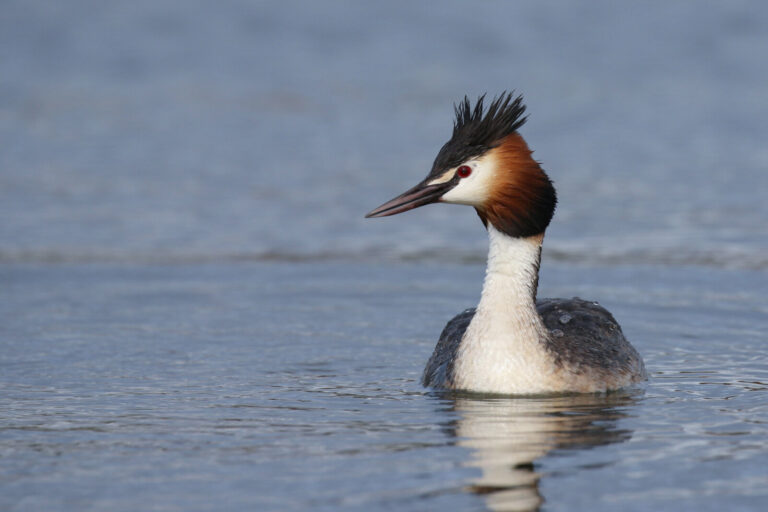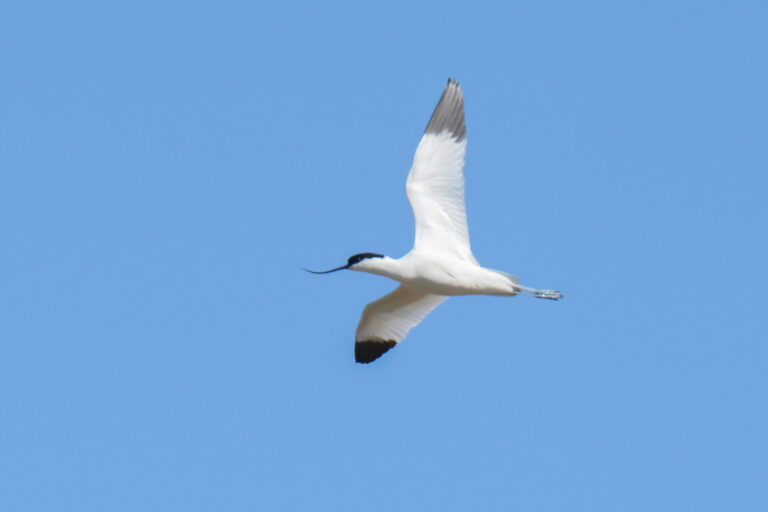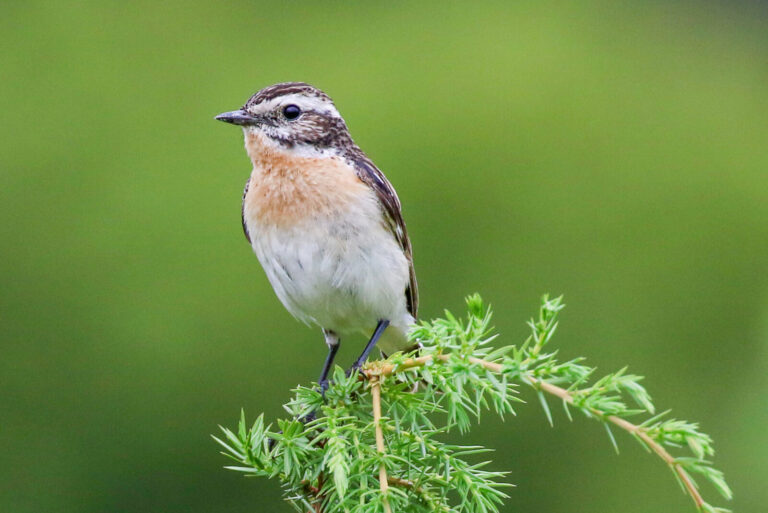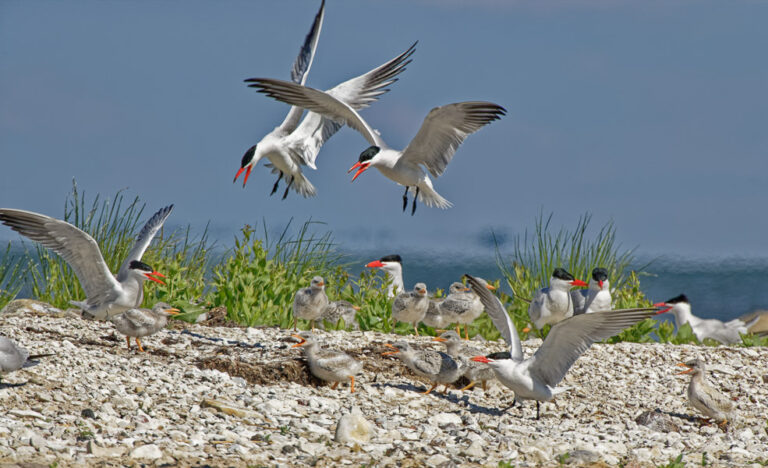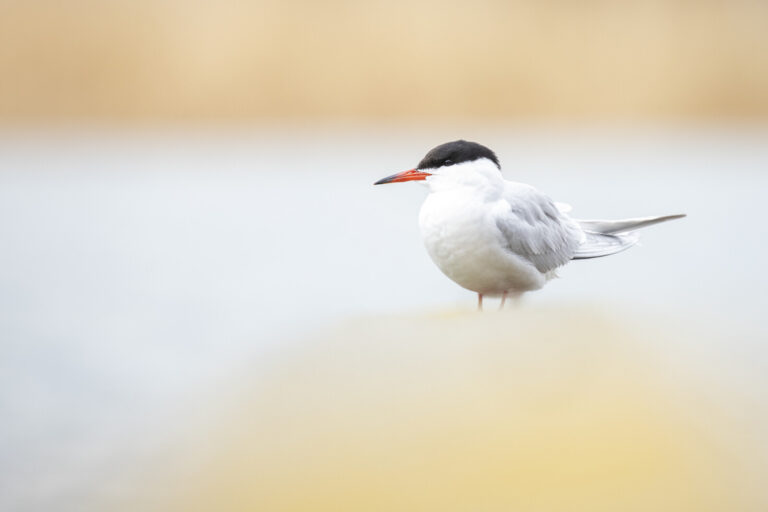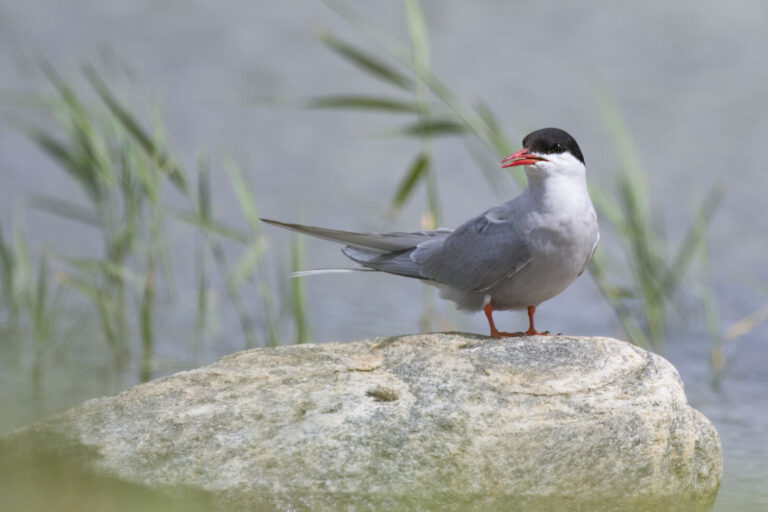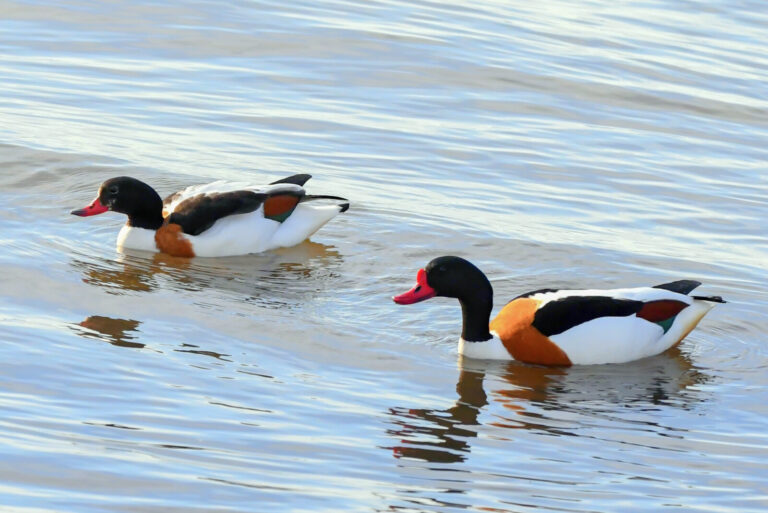Grey partridge
The grey partridge is an uncommon breeding and wintering bird throughout Lääne County. Grey partridges are still more common in Matsalu’s agricultural areas, but they are difficult to spot due to their secretive lifestyle. Outside of the breeding season, grey partridges occasionally visit the sea coast to feed.
Grey partridges are easier to find during winter when there’s snow, as they tend to forage near houses and roadsides.
